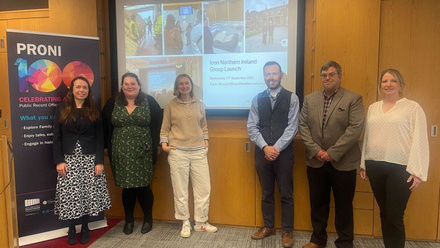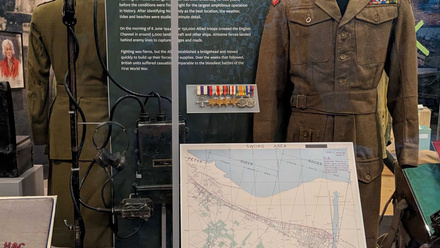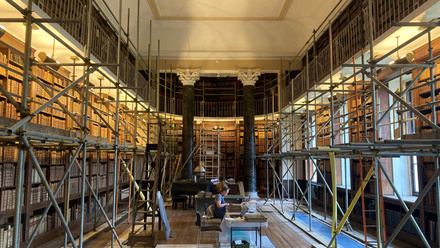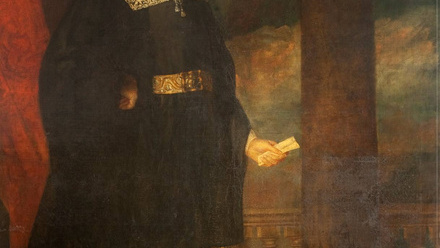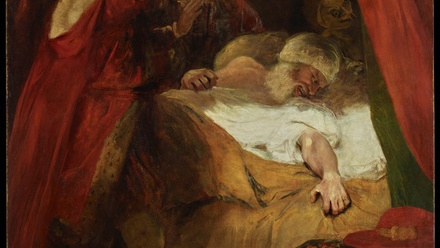The past year has been difficult for many, but 2021 has marked the 35th anniversary of Hirst Conservation Ltd and given the team there something to celebrate. To mark this significant milestone, the team has interviewed their founder and co-director Elizabeth Hirst ACR and asked her to look back over her time in the business of Building and Fine Art Conservation and the changes she has seen in the profession since 1986.
How did it all start?
My interest in conservation, historic building and fine art grew during my time working for my aunt and uncle, Professor Robert and Mrs Eve Baker. Their devotion to this type of work was infectious and I was lucky enough to experience a wide range of issues relating to building and art conservation.
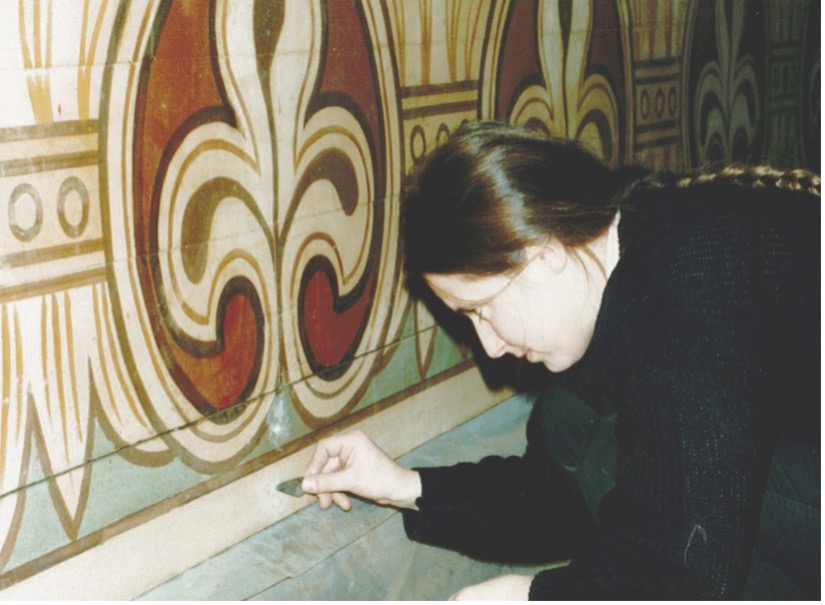
Elizabeth Hirst in the nave of Ely Cathedral in 1986
Professor Baker tended to focus more on stonework, whereas Eve had a love for medieval wall paintings, although this was not the limit of the scope of works undertaken by them.
One of the interests that my aunt and uncle also promoted was a love of books. Inevitably, our work involved travelling around the country to various ecclesiastical buildings and on our travels, we would often be interrupted by a visit to an antiquarian bookshop or to see an element of interesting decoration. This encouraged me to start a library in our offices, which were initially based in a portacabin in the garden of our Lincolnshire farmhouse, but has now grown into an extensive complex of offices, laboratories and workshops.
The number of projects that have taken place since 1986 are too many to recall, but during the course of our work we have built up an extensive library of books and archives, with condition records, building surveys, treatment reports and photographic images of an impressive array of churches, cathedrals, stately homes and important buildings across the country and overseas.
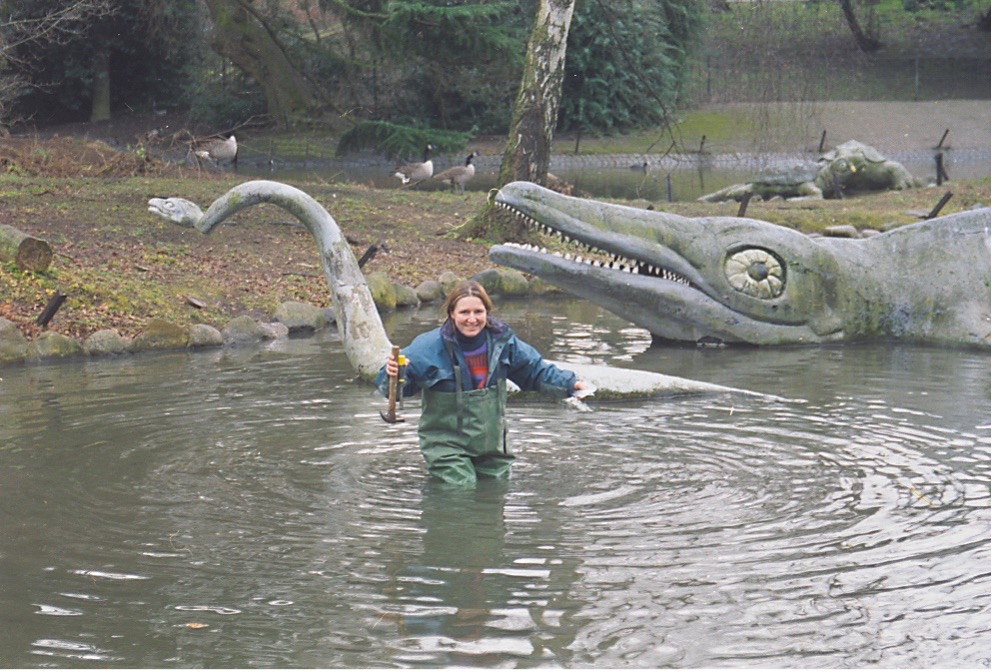
Paint sampling from the Crystal Palace dinosaurs, 1996 – showing the wide variety of locations and objects our work takes us to.
Hirst Conservation started in the UK in 1986 and my first project was conservation of the 14th century polychromed and gilded Caen stonework at Prior Crauden’s Chapel at Ely Cathedral. The works in the Chapel necessitated a team of half a dozen people, rather than me working as a solitary conservator, and I suppose that put us straight in the deep end.
In the search for a suitably qualified team to join me, I formed a lasting partnership with Paul D’Armada, who was not only an extremely talented artist and conservator but also happened to be a chemist and a physicist. At that time outsourcing analysis was very difficult, which led us to set up our own labs that we now rely on heavily.
I am thrilled to have created such a fantastic team over the years, people that I not only depend on but who are also my friends. We enjoy working both nationally and internationally on stone, terracotta, plaster, fine art, wall paintings, timber and other applied decoration, as well as mortar analysis and paint research to support this.
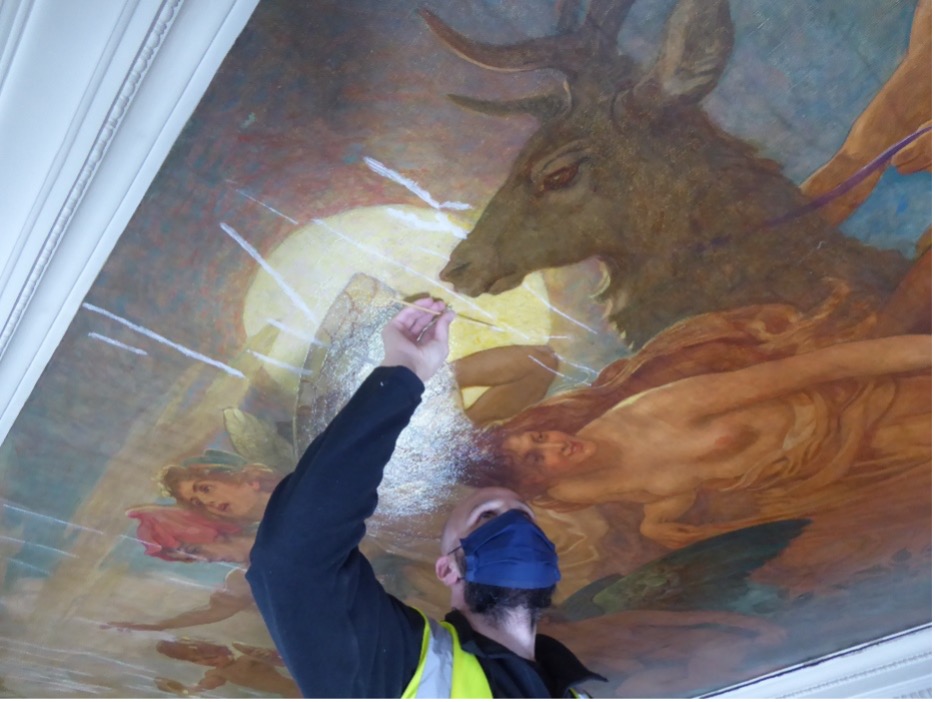
Alternative Drapers – Drapers Hall, London 2021 showing careful filling to one of the marouflage ceiling panels prior to retouching and revarnish
How would you say the conservation profession has changed over the years?
Perceptions of women in building conservation have changed. A woman advising men on a building site thirty five years ago had less impact than we do today! The conservation industry was also at a fledging stage, without any professional organisations such as Icon or IHBC (Institute of Historic Building Conservation) or regulatory bodies.
As the industry has developed, so has the need to source a higher level of qualified staff in order to maintain the level of service required. This is not just about conservators, but the infrastructure that supports our work, including laboratory and analytical services, health and safety and regulatory compliance to name but a few.
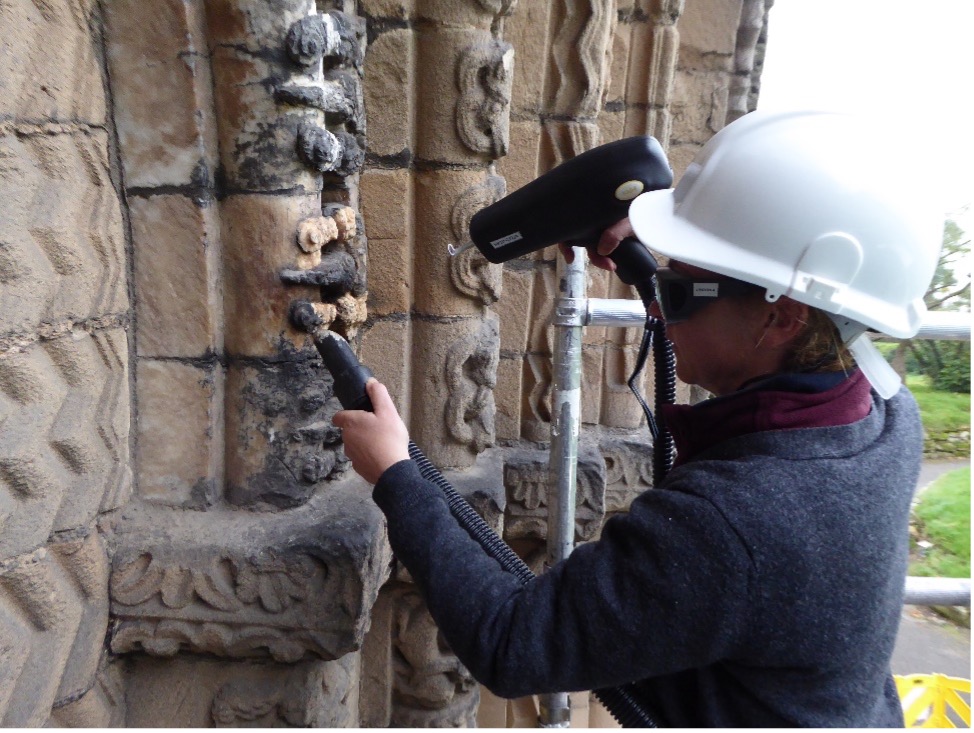
Senior Stone & Wall Paintings Conservator Sabina van de Bruck ACR laser cleaning the exterior alabaster archivolt at St Mary’s Church, Tutbury
The interview continues in the December 2021 issue of Icon News, where Elizabeth answers more questions about memorable projects, always learning, and advice for emerging professionals.


